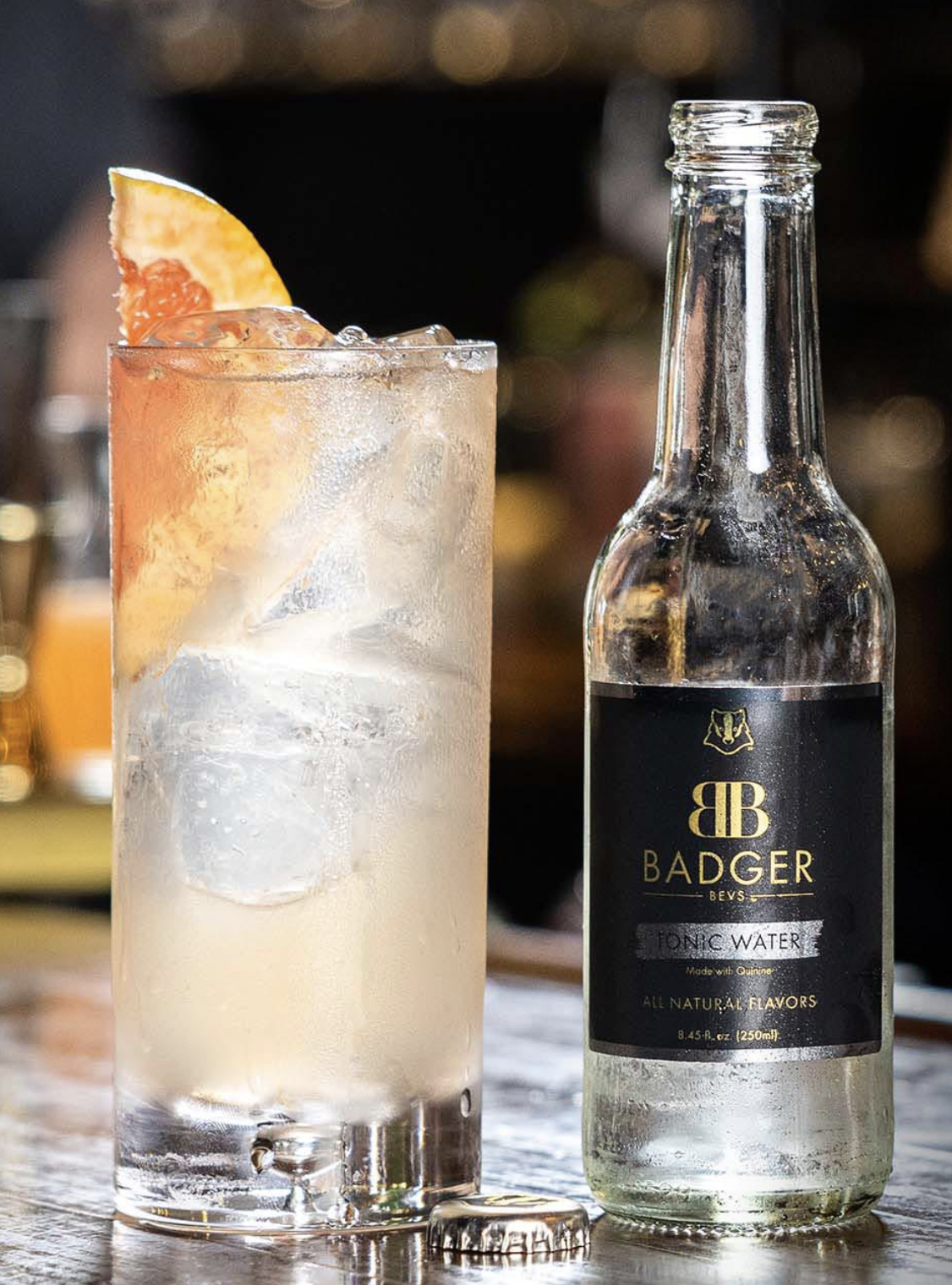Today is National Gin & Tonic day, so it’s the perfect excuse to enjoy one of the finest (and simplest) cocktails out there. A classic Gin & Tonic is just two ingredients — perhaps with the addition of a slice of lemon or lime — but you can add endless extras to the drink to give it a personal twist.
One aspect of a G&T you shouldn’t overlook is the tonic water, as not all tonic waters are created equal and a high quality option really does make for a better drink. These recipes come from Badger Bevs, a brand which produces a premium tonic water perfect for mixing. And the Badger Bevs Brand Ambassador, Jillian Vose, has come up with suggestions to give your G&T a bit of a special twist.
Porch with a View

Created by Jillian Vose
Ingredients:
- 2 oz Dolin Blanc Vermouth
- 1 oz Fresh Grapefruit Juice
- Badger Tonic
Glassware: Highball glass
Garnish: Manicured Grapefruit Wedge
Method:
In a highball glass, add ice and build the drink. Add Dolin Blanc Vermouth (or other light-fortified wine) and grapefruit juice. Top with Badger Bevs Tonic Water. Garnish with a manicured grapefruit wedge.
Don’t Look Up
Created by Jillian Vose
Ingredients:
- 0.25 oz Pineapple Syrup
- 0.5 oz St. George Green Chili Vodka
- 1.5 oz Ford’s Gin
- Badger Tonic
Glassware: Highball
Garnish: Dried Pineapple
Method:
Add all ingredients to highball glass (10 oz) except the Badger Tonic. Add ice, stir well to chill and mix. Add Badger Tonic, then give a light stir.




